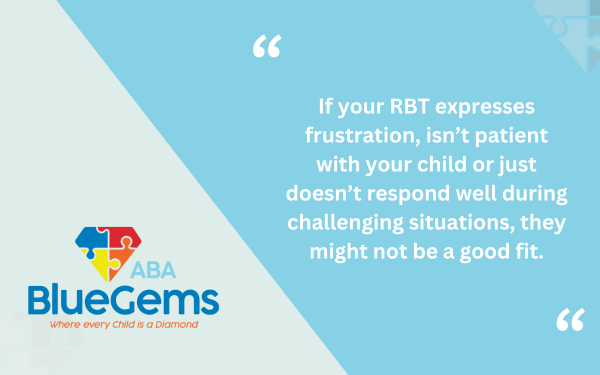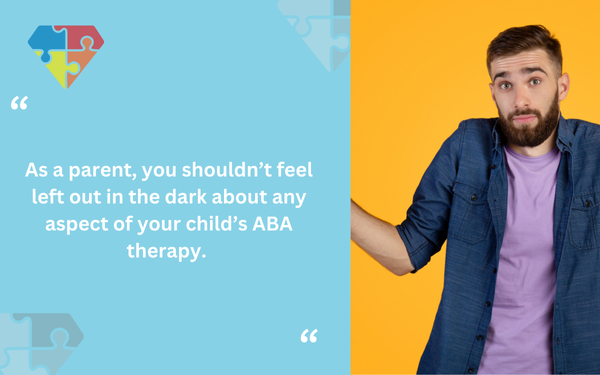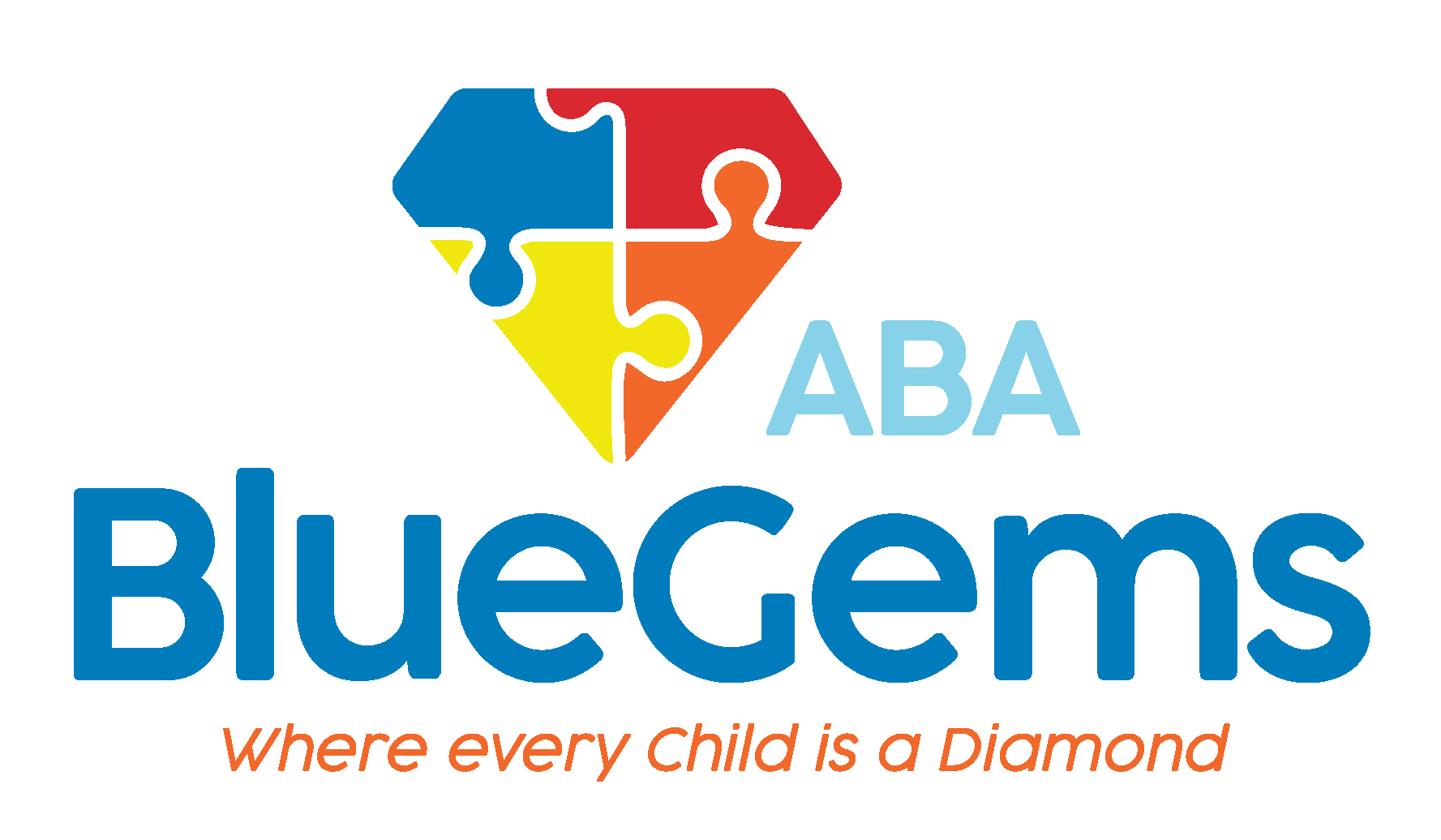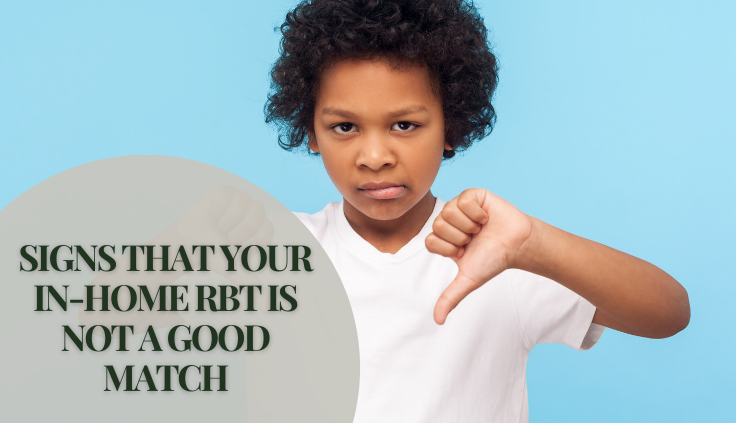Signs That Your In-Home RBT is Not a Good Match
Applied behavior analysis (ABA therapy) can help children with autism spectrum disorder (ASD) make great strides in learning and behavior. Over time, they can learn to communicate and socialize better, build necessary life skills and modify certain behaviors so they can live happy, healthy and independent lives.
Much of the success of in-home ABA therapy is dependent upon the team that is assigned to your child’s treatment. They play an integral role in the outcome of the therapy, since they are the professionals who will be working with your child on a consistent basis.
As such, it’s extremely important to have an in-home Registered Behavior Technician (RBT) who is skilled, experienced and knowledgeable, and who you and your child can build a solid, trusting relationship with.
From time to time, though, you may find that the RBT your child has been assigned simply isn’t a great match for your child or your family. But, how can you tell if that’s the case?
Table Of Contents
Here are three signs that your in-home RBT is not a good match.
ONE: Your Child Doesn’t Respond Well to Them
The most important part of in-home ABA therapy is the relationship between the patient and the therapist. In this case, that’s your child and the RBT that’s assigned to them.
Your in-home RBT will be working one-on-one with your child quite often, teaching them different skills and how to modify certain behaviors. They also will be helping them work through challenging situations or times, such as if they become overwhelmed by certain sensory stimuli or throw a tantrum for another reason.
For this to be an effective relationship, your child needs to respond well to the in-home RBT. If your child shies away from interacting with them, cries when they arrive at the house or simply doesn’t respond in the same way to them as others, these could be red flags that the in-home RBT is simply not a good match.
| Indicator | Description | Implication |
|---|---|---|
| Child cries when RBT arrives | Emotional distress or discomfort upon seeing therapist | Potential mismatch in RBT-child rapport |
| Child avoids interaction | Shying away or ignoring the RBT’s attempts to engage | Lack of engagement hinders therapy progress |
| Different response to others | Child interacts more positively with other adults | Suggests RBT relationship may be ineffective |
TWO: The In-Home RBT Doesn’t Respond Well to Your Child
The flip-side of the above scenario is also true. Your child could respond well to the in-home RBT, but if the reverse isn’t true, it could also mean the RBT is not a good match for your child and family.
All in-home RBTs should have a set treatment plan that they are following to help support your child. They also have a wealth of strategies and tools that they can choose from for a particular session, based upon the skills they are trying to teach, the behaviors they are trying to target and how effective some of these have been in the past with your child, for example.
As any parent of a child with autism knows, though, there are plenty of times when things just don’t go according to plan. It’s the in-home RBT’s job to help support your child both during the good times and the bad.
In other words, the RBT needs to know how to respond and help support your child when they are having a tantrum, for example, or generally not being cooperative — for whatever reason.
If your RBT expresses frustration, isn’t patient with your child or just doesn’t respond well during challenging situations, they might not be a good fit.

| Behavior by RBT | Situation | Consequence |
|---|---|---|
| Expresses frustration | Child has a meltdown | May escalate situation or damage rapport |
| Lacks patience | Child refuses to cooperate | Ineffective session outcomes |
| Fails to adapt strategy | Unexpected behaviors arise | Missed opportunities for progress |
| Overly rigid | Session goes off plan | Child may become distressed |
| Doesn’t use alternate tools | Established tools fail | Reduced effectiveness of therapy |
THREE: They Don’t Communicate Well with You and You Feel Left Out
A big aspect of an in-home RBT’s job is communicating with parents, caregivers and other family members who are ultimately responsible for the child’s well-being. RBTs should be constantly updating you about what they’re doing in sessions, what’s working and what’s not, and your child’s progress toward stated goals.
As a parent, you shouldn’t feel left out in the dark about any aspect of your child’s ABA therapy. While you certainly can initiate the conversation and express concerns you might have, it’s the job of the in-home RBT to ensure that these lines of communication are always open and effective.

If you aren’t getting a sense that you are “in the loop” or aren’t a big enough part of the process, then it could be a sign that you might need a different in-home RBT for your child and family.
| Communication Issue | Result | Impact |
|---|---|---|
| Lack of updates | Parents unsure of therapy progress | Reduced parental involvement |
| Doesn’t explain strategies | Parents confused about RBT’s actions | Potential conflict or mistrust |
| Doesn’t listen to concerns | Parent voice not considered | Less effective collaboration |
Blue Gems ABA Works Directly with Family Members of Children with ASD
The relationship between an in-home RBT, their patients and their patients’ families is an essential aspect of whether ABA therapy is successful or not. There may come a time when you don’t feel that your in-home RBT is a good fit for your family, and that’s OK.
At Blue Gems ABA, we work hard to ensure that we match experienced, knowledgeable and supportive in-home RBTs with every patient, so that the child and their families get the most out of the therapy sessions.
To learn more, please contact us today.




